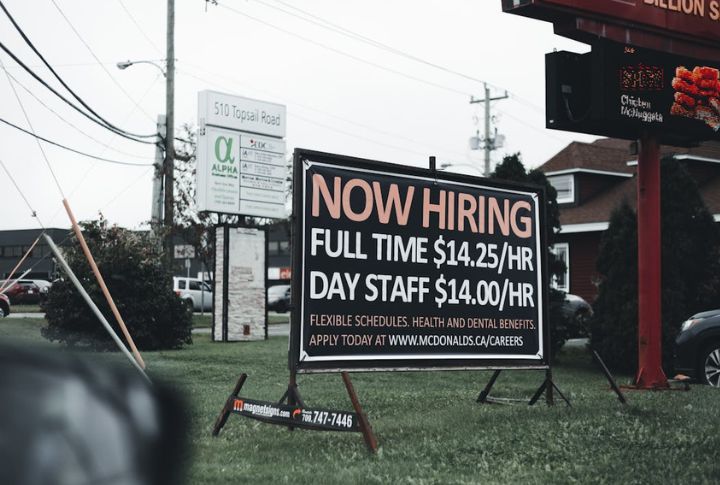
Some jobs sit open so long they start collecting dust. While companies hustle to hire, certain states just can’t seem to fill their shifts. Blame geography, population trends, or post-pandemic slowdown—but the result looks the same: Help Wanted signs, everywhere. These 20 states show what happens when job demand surges faster than people are willing (or able) to punch in.
Minnesota

In Minnesota, 5.8% of jobs remain unfilled—the highest rate in the nation. Even in urban hubs like the Twin Cities, “Help Wanted” signs outnumber baristas. And this is just a snapshot of a broader labor shortage that spans industries and strains the state’s economic momentum.
Alaska
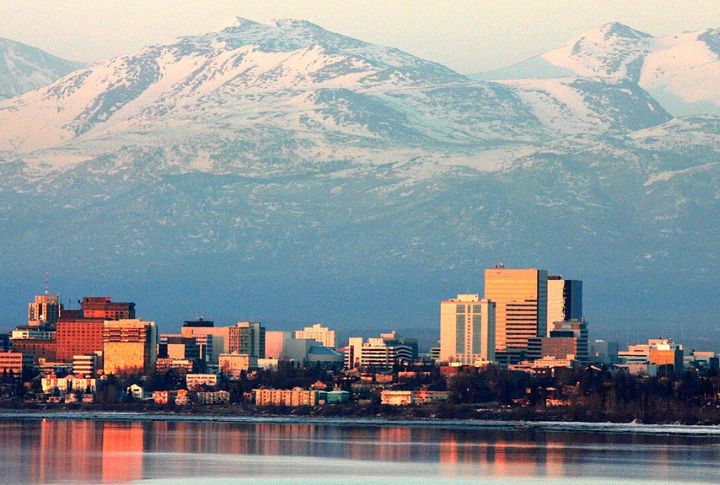
Alaska’s wide-open spaces come with wide-open job postings. With few neighbors and many unfilled roles, employers often have to look well beyond their local area. That’s part of why the state’s job openings rate stands at 5.6%, ranking among the highest in the nation.
Arkansas
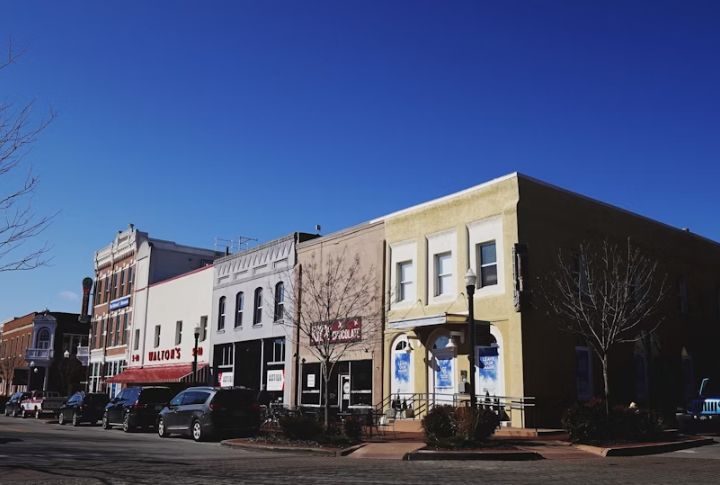
Manufacturing plants in Arkansas are struggling to meet production schedules as warehouse teams shrink. Hiring managers offer incentives, but applications remain low. Even with steady demand, roles stay vacant for weeks, which pushes the state’s job openings rate to 5.2% and widens the labor gap.
Montana
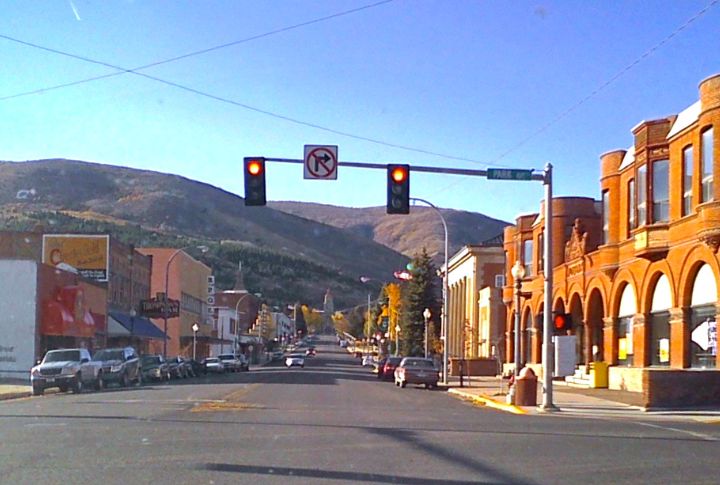
Montana has one of the highest job opening rates in the country at 5.2%, and it’s still climbing. With more roles than workers available, employers across Big Sky Country are struggling to hire, especially in a state where long distances make recruiting even harder.
Georgia
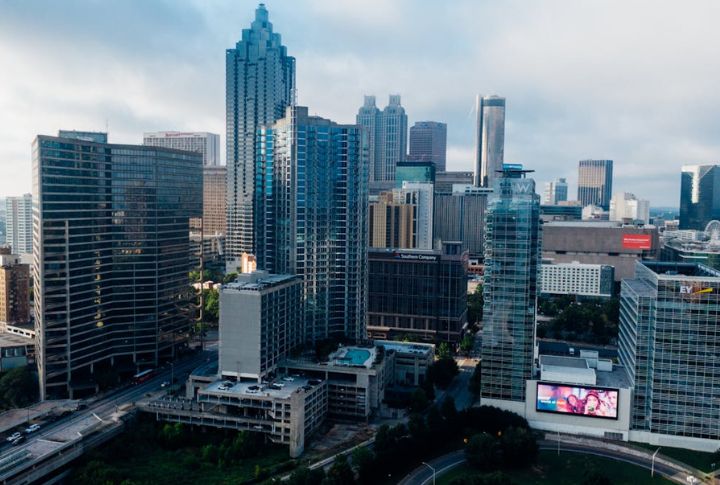
Georgia’s 5.1% job openings rate shows a widening gap between demand and available workers. Tech companies in Atlanta struggle to fill specialized roles, while logistics hubs near Savannah report ongoing shortages. Despite the state’s strong economic growth, the labor force isn’t keeping pace to meet employer needs.
Arizona
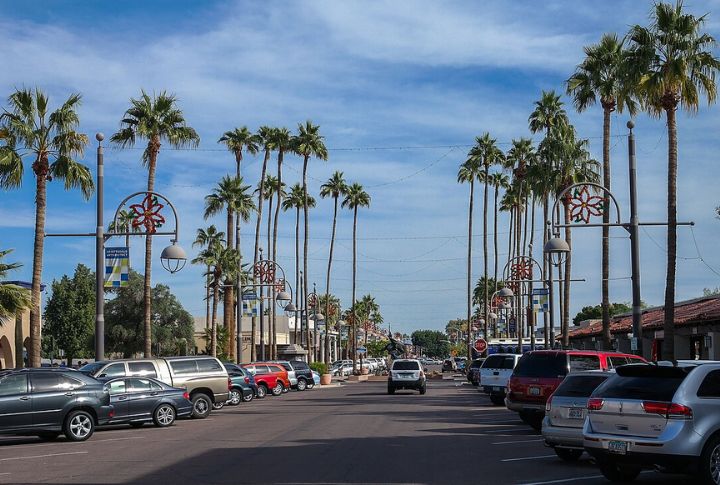
Arizona’s population is booming, but its labor shortage hasn’t eased. From Phoenix tech startups to Tucson restaurants, employers are stuck in a hiring loop. The state’s 5.0% job openings rate reflects this ongoing strain, as soon as one role is filled, another one opens just as fast.
Michigan
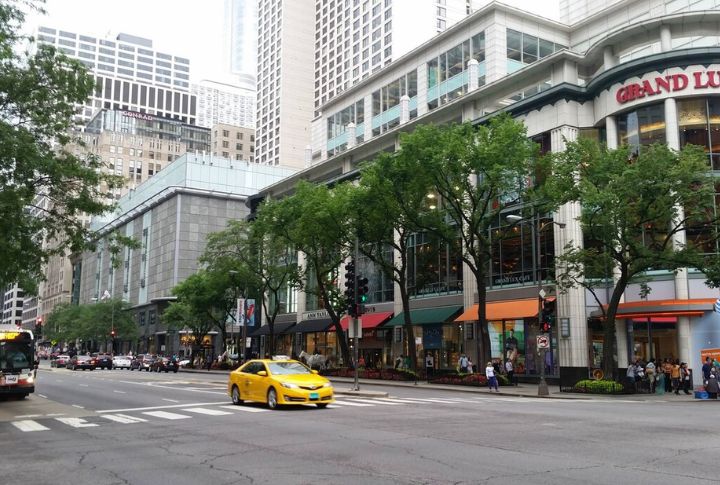
Michigan’s auto plants are ramping up, and tech firms need talent, but the workforce isn’t keeping pace. Despite strong demand across industries, the state continues to face a stubborn labor shortage that shows no signs of shifting gears.
Kansas
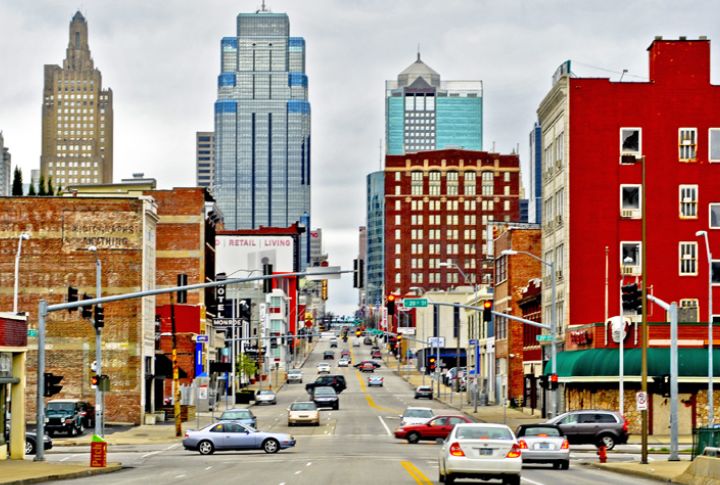
Looks like Kansas isn’t just growing crops — job vacancies are sprouting up too. With a 4.8% opening rate, job boards are packed across the state. Even sectors like logistics and healthcare report long delays, as qualified workers remain hard to find.
North Carolina
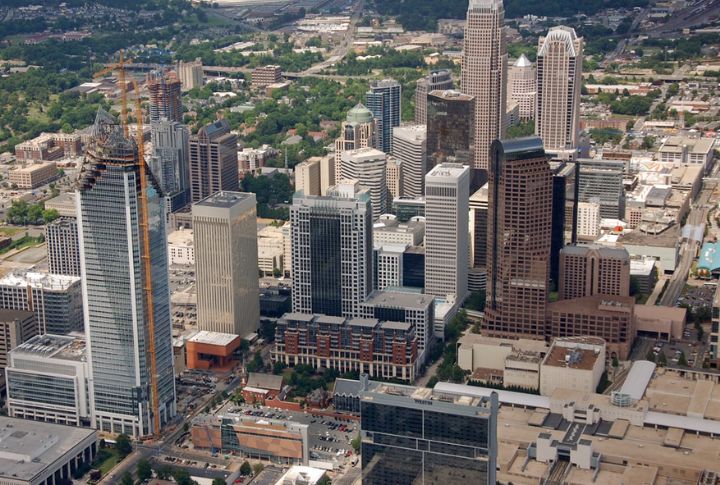
Charlotte’s booming finance sector and Raleigh’s growing research parks show strong expansion. Yet, a 4.8% job openings rate shows talent pipelines haven’t kept pace, and employers face ongoing challenges as open roles linger and hiring moves slower than expected.
Mississippi
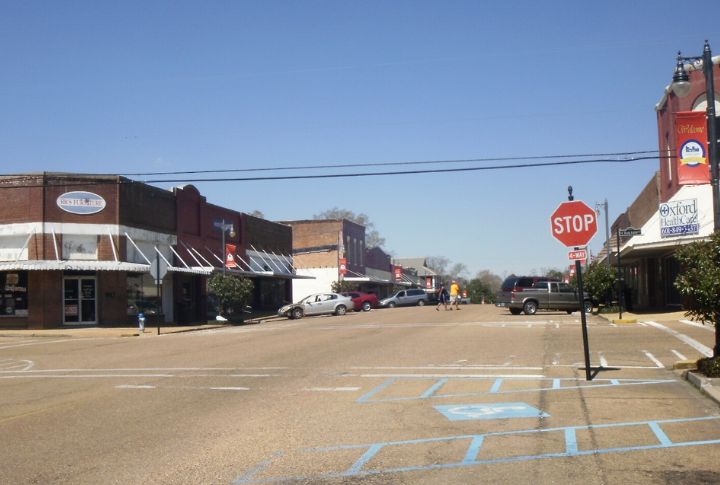
In Mississippi, 4.9% of jobs are vacant, with employers across Jackson and the Delta searching for candidates who rarely appear. Slow population growth only adds to the challenge, and job boards now stay full of listings that linger for weeks without takers.
Ohio
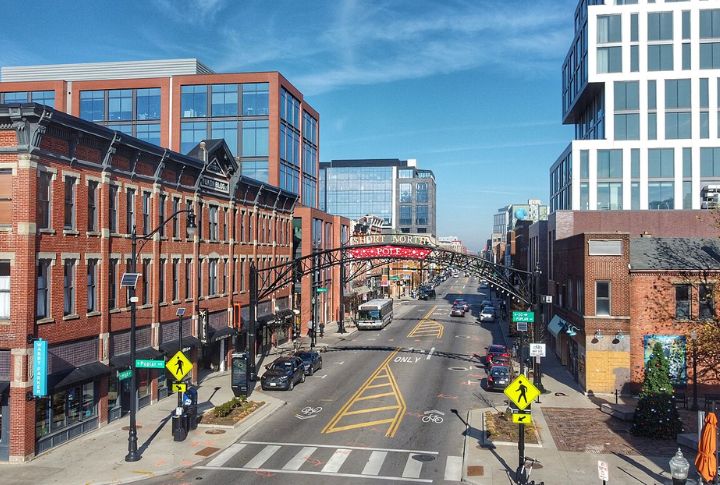
Ohio’s strong industrial backbone isn’t enough to fill every vacancy. At 4.9%, job openings persist across healthcare, manufacturing, and even tech. Employers compete for a limited labor pool, and many are left wondering how long they can wait.
Oklahoma
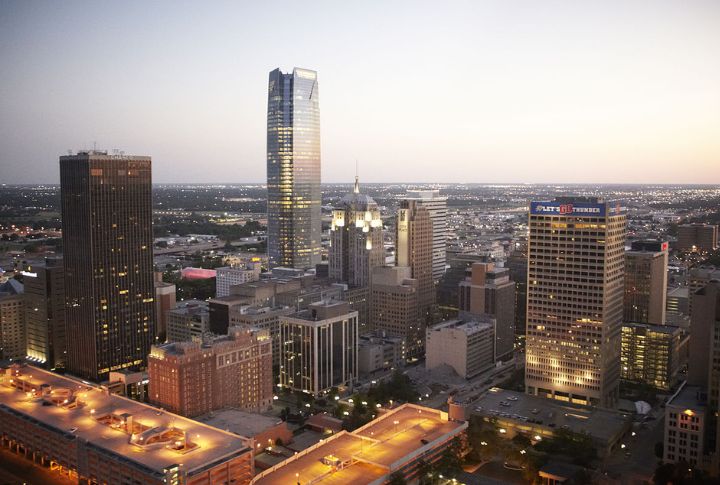
Oil fields, construction sites, and downtown offices all share one issue in Oklahoma — a 4.9% job openings rate that won’t budge. Companies post listings for weeks with few responses. Even in urban centers, employers report ongoing struggles to attract, hire, and retain qualified workers.
North Dakota
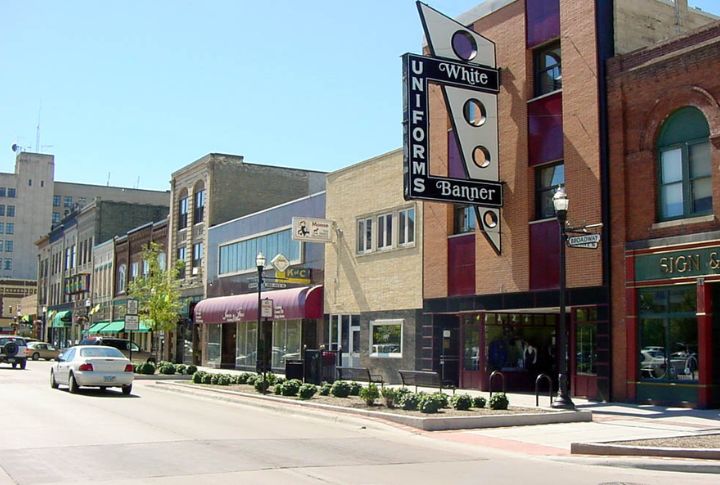
North Dakota’s 5.1% job openings rate leaves employers scrambling. Oil rigs miss production targets as crews fall short and farm equipment sits unused during critical seasons. Scattered populations in rural areas also make it difficult for businesses to maintain consistent daily operations.
Virginia
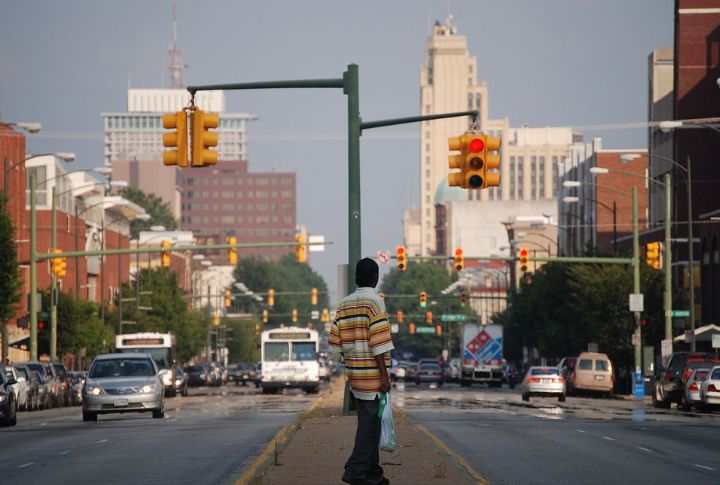
Even supported by a solid base in government and tech, Virginia struggles to staff its growing industries. A 4.9% job openings rate highlights the disconnect. In Northern Virginia, especially, talent pipelines fall short of employer demand, leaving HR teams caught in an ongoing cycle of candidate searches.
Kentucky
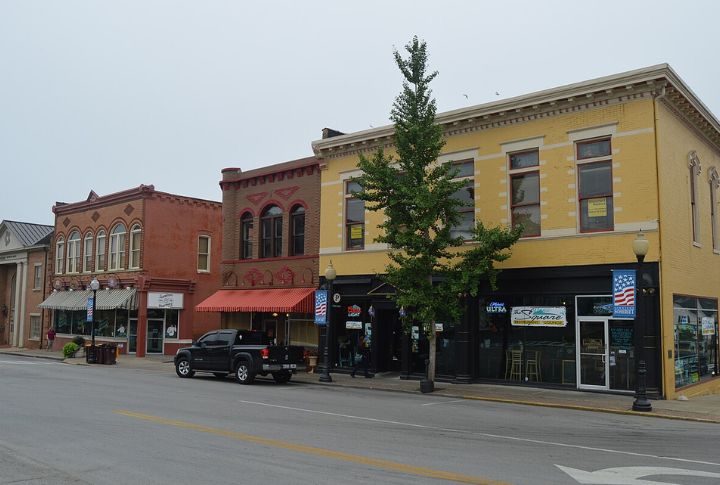
Kentucky faces a labor crunch in warehouses and small manufacturers alike. Job openings hit 4.7%, revealing a widespread challenge. In both Lexington and Louisville, hiring delays persist, making “Now Hiring” signs a constant fixture across the state’s business landscape.
Louisiana
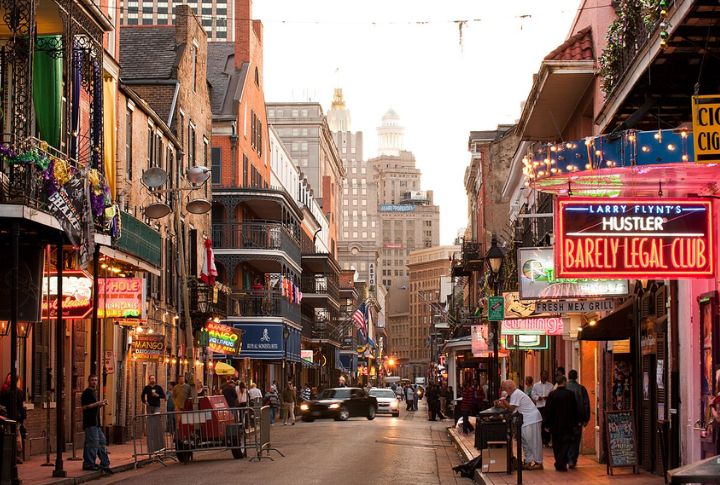
Louisiana’s 4.7% job openings rate ranks among the highest in the country. Hospitals are struggling to keep enough staff on rotation, at the same time hotels and restaurants face mounting service gaps during peak travel seasons. Energy companies, meanwhile, report that critical positions remain vacant for weeks at a time.
Colorado
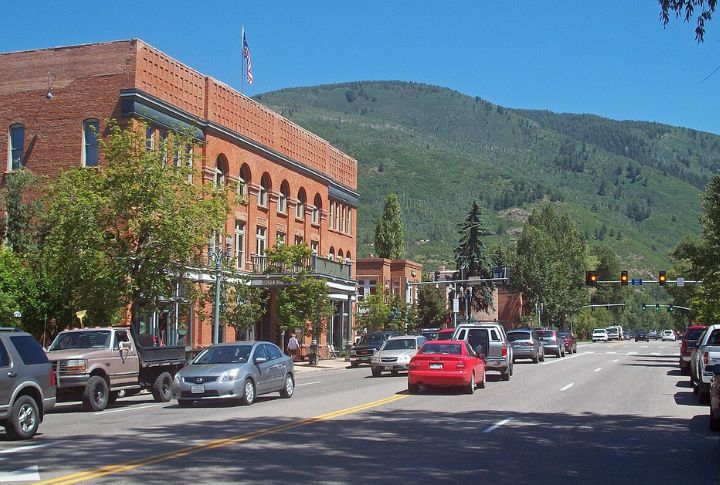
Colorado welcomes tourists and new residents every day, but its workforce can’t keep up with the growing demand for workers. The 4.7% of jobs still open, the state’s post-pandemic boom continues, creating an ongoing mismatch between rapid population growth and slow hiring recovery.
Tennessee
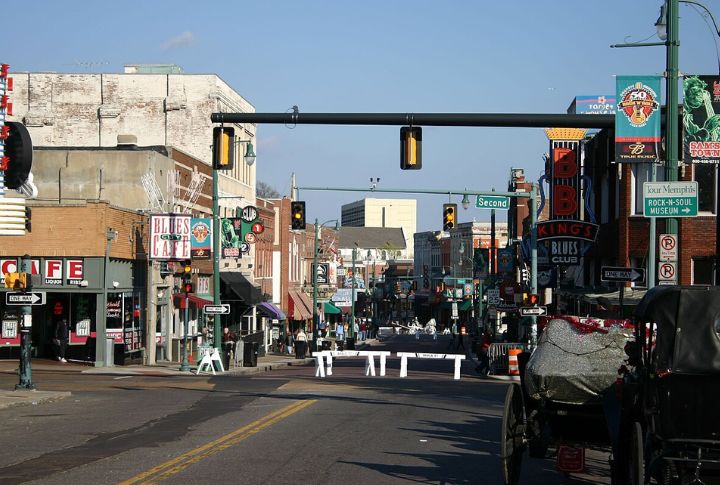
Jobs outpace workers in Tennessee, where a 4.7% job openings rate continues to challenge employers. Whether in Nashville’s offices or Smoky Mountain service jobs, the shortage shows no sign of easing, even as the state’s economy expands.
West Virginia
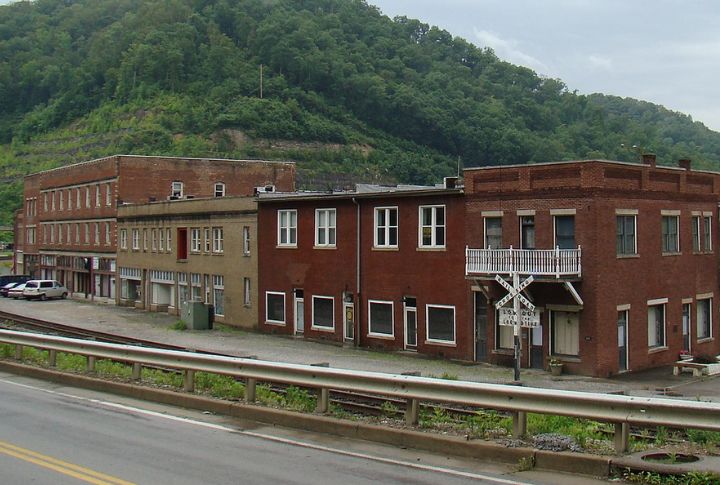
Coal towns and college cities alike report the same issue: not enough applicants. West Virginia’s 4.7% job openings rate highlights a persistent gap in a state already struggling with population decline and limited labor mobility.
Alabama
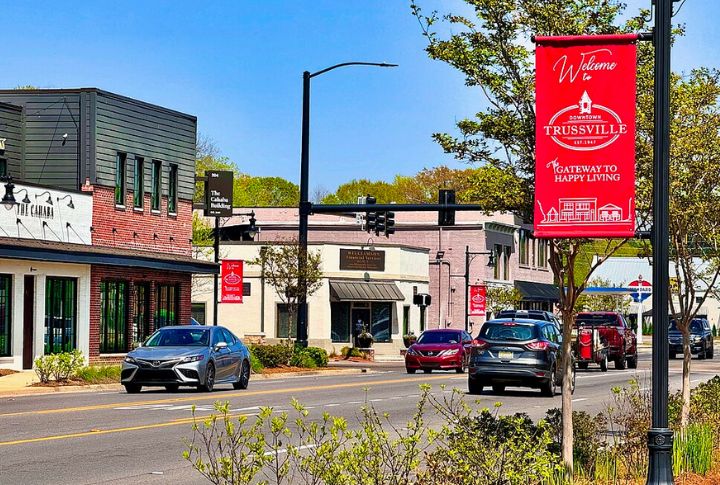
Alabama’s factories and farms want to hire, but finding the right people takes longer than expected. Jobs sit open while employers wait, stuck in a tough spot. At 4.7%, the rate of unfilled jobs underscores the state’s deepening workforce challenges.

